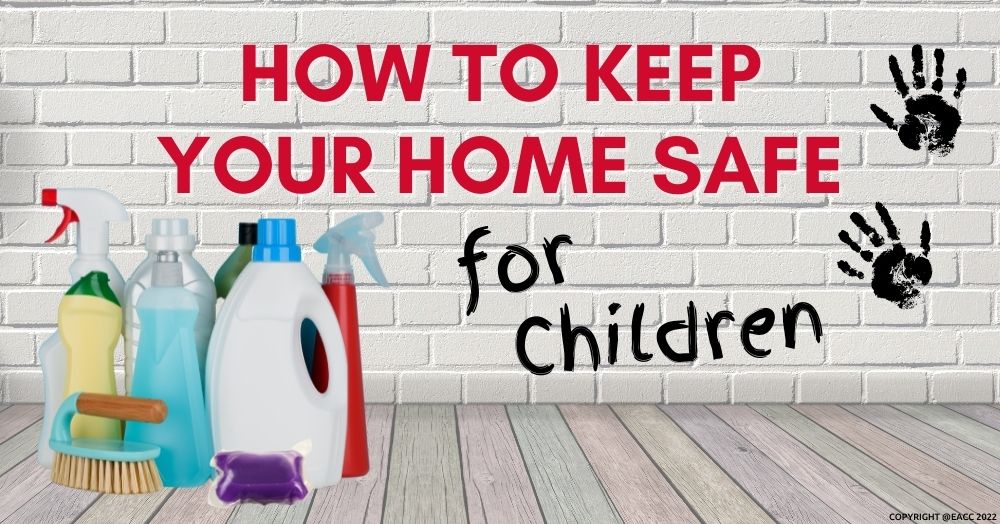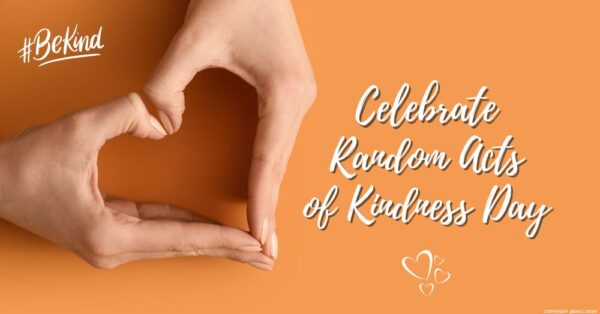Make child safety a priority in your home by following these useful tips. A two-minute read.
Children are bundles of energy, who love to run, jump, touch and taste. Unfortunately, sometimes this curiosity can lead to accidents at home.
Each year, about 450,000 children aged under five attend A&E due to an accident at home*.
With Child Safety Week starting on Monday (6 June), the Child Accident Prevention Trust has some handy advice for parents and caregivers.
Button batteries
These small lithium batteries, found in household products like calculators, remote controls, watches and toys, are about the size of a 5p coin – and can be very dangerous.
If a child swallows a battery and it gets stuck in their food pipe, the result can be catastrophic. The battery can cause internal bleeding, life-changing injuries and even death. (About two children die each year after swallowing lithium coin cell batteries.)
Safety tips
- Always store coin cell/button batteries safely out of reach of babies and children.
- Ensure that the battery compartment on all gadgets is fully secure.
- For peace of mind, consider getting rid of any children’s toys that contain these batteries.
- Teach older children about the dangers and urge them to be vigilant around their younger siblings.
Prevent burns
Burns are a common household injury, particularly among toddlers who often grab or touch items like hot drinks, saucepans and kettles. Other common household hazards include hair straighteners and hot bathwater.
Safety tips
- Never leave hot drinks, a kettle, or cooking pans near the edge of a table or countertop.
- Don’t turn your back or walk away from a hot stove.
- Hair straighteners can stay hot for 15 minutes after use, so don’t leave them lying around.
- At bath time, run the cold water first and then top it up with hot water. Test the water temperature (using your elbow) before putting your child in.
- Never leave a child unattended near a bath with water in it.
Accidental poisoning
These days, laundry and cleaning products are designed to stand out on supermarket shelves so they often come in bright and shiny packaging that appeals to little ones. As a result, children sometimes mistake washing tablets for sweets and cleaning products for drinks – with serious consequences. About 25,000 children wind up in A&E each year with suspected accidental poisoning.
Safety tips
- Keep cleaning and laundry products up high. You could also store them in a lockable cupboard, but you must never forget to close and lock it properly.
- Buy products that contain Bitrex, a bitter-tasting agent that is so repulsive children spit it out immediately, stopping them from ingesting the substance.
For more safety tips, visit www.capt.org.uk. From all of us here at Hi Residential, stay safe and thanks for reading.
*UK Health Security Agency





